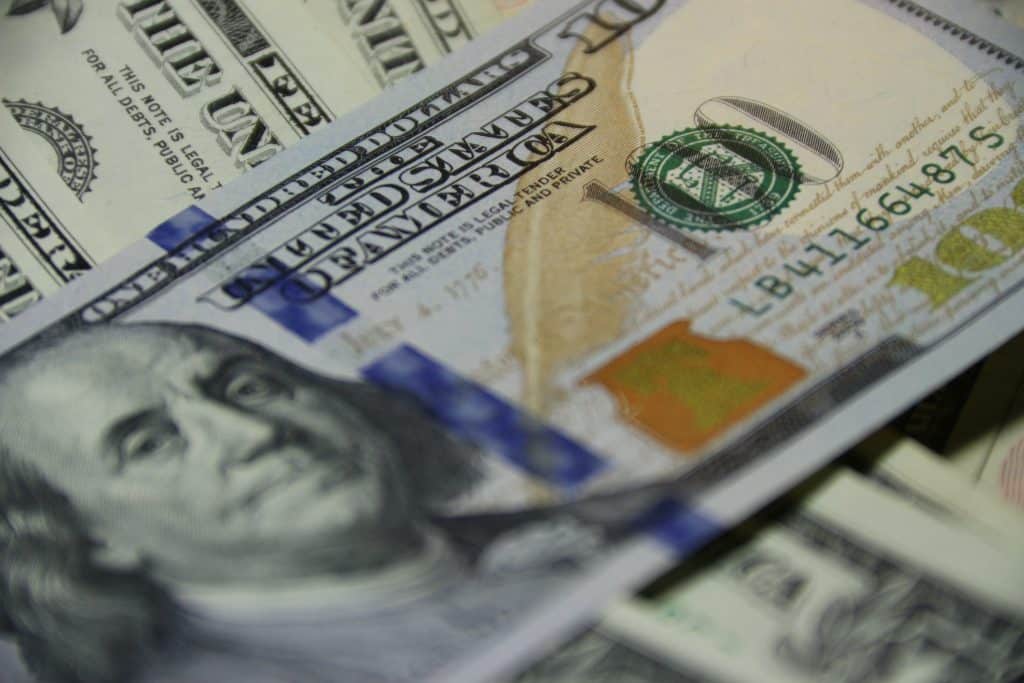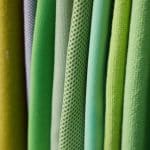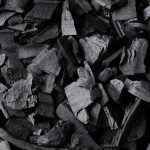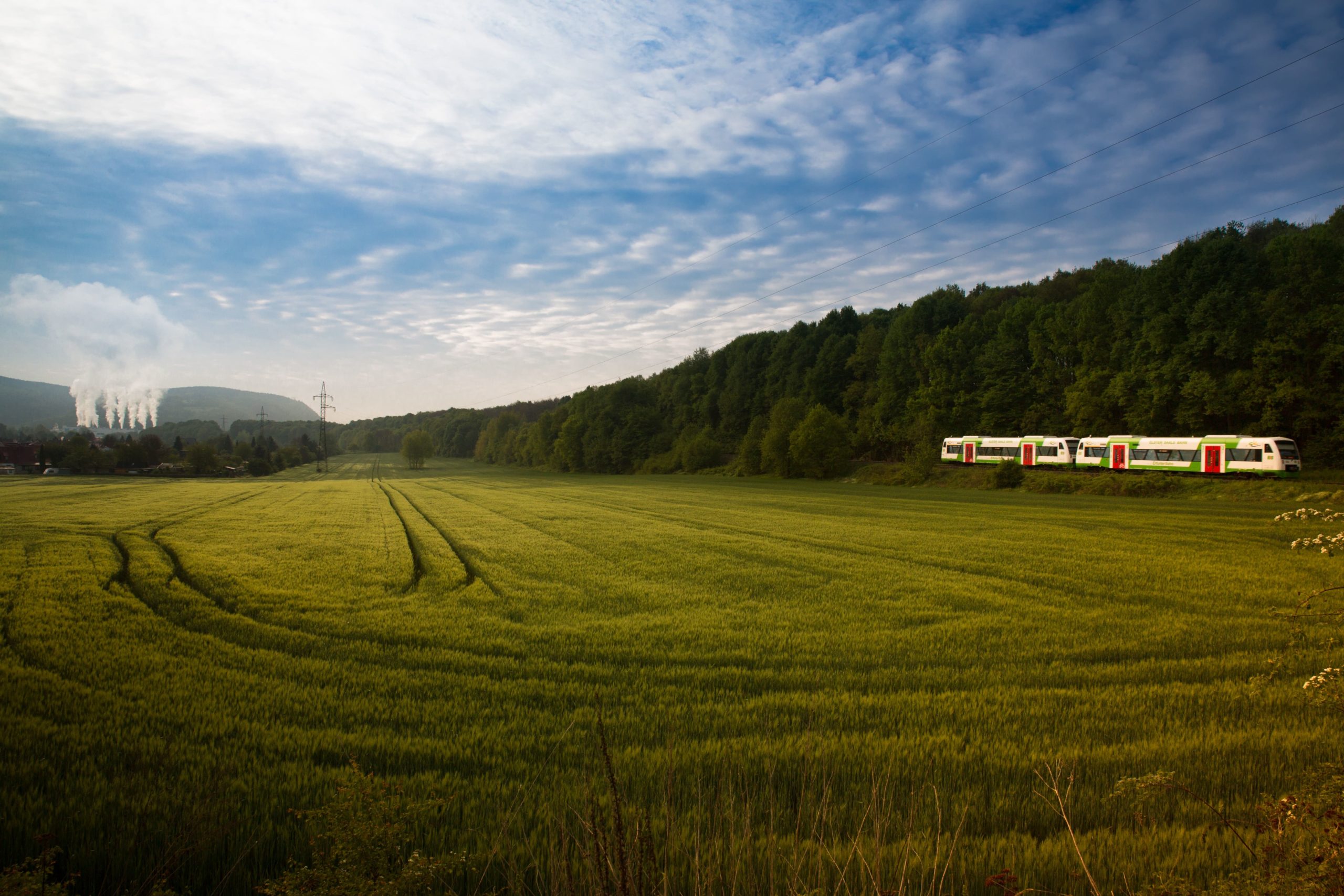At the global level, the growth of e-commerce, the growing importance of sustainable development in the eyes of the public and the new consumer ethic are all factors in the development of linen textiles

The world’s leading producer of flax fibre, France intends to conquer new markets and take advantage of the increase in consumption in India and China. To tap into this raw material, a good number of spinning mill projects are being developed as part of Bercy’s recovery plan.
In addition to textiles, flax is used in the automotive and aeronautical industries for its extreme resistance. From surfboards to skis, bicycle helmets and beyond: the range of possibilities seems endless. The scutching company Van Robaeys, founded in 1917 in northern France, even supplies flax fibres to the US Federal Reserve which uses them in its one-dollar bill.
Scutchers work with flax like winegrowers do with grapes, determining just the right time for harvesting and using the plant. One stalk yields on average 22% long fibre that can go into clothing, household linen or upholstery. Between 6 and 15% of the stalk is short fibres – “tow” – also used in technical textiles and composite materials. Half of the stalk is made up of wood, called “shives”. This material is used in chipboard, for insulation, bedding or as an energy source. With flax, nothing goes to waste.






















